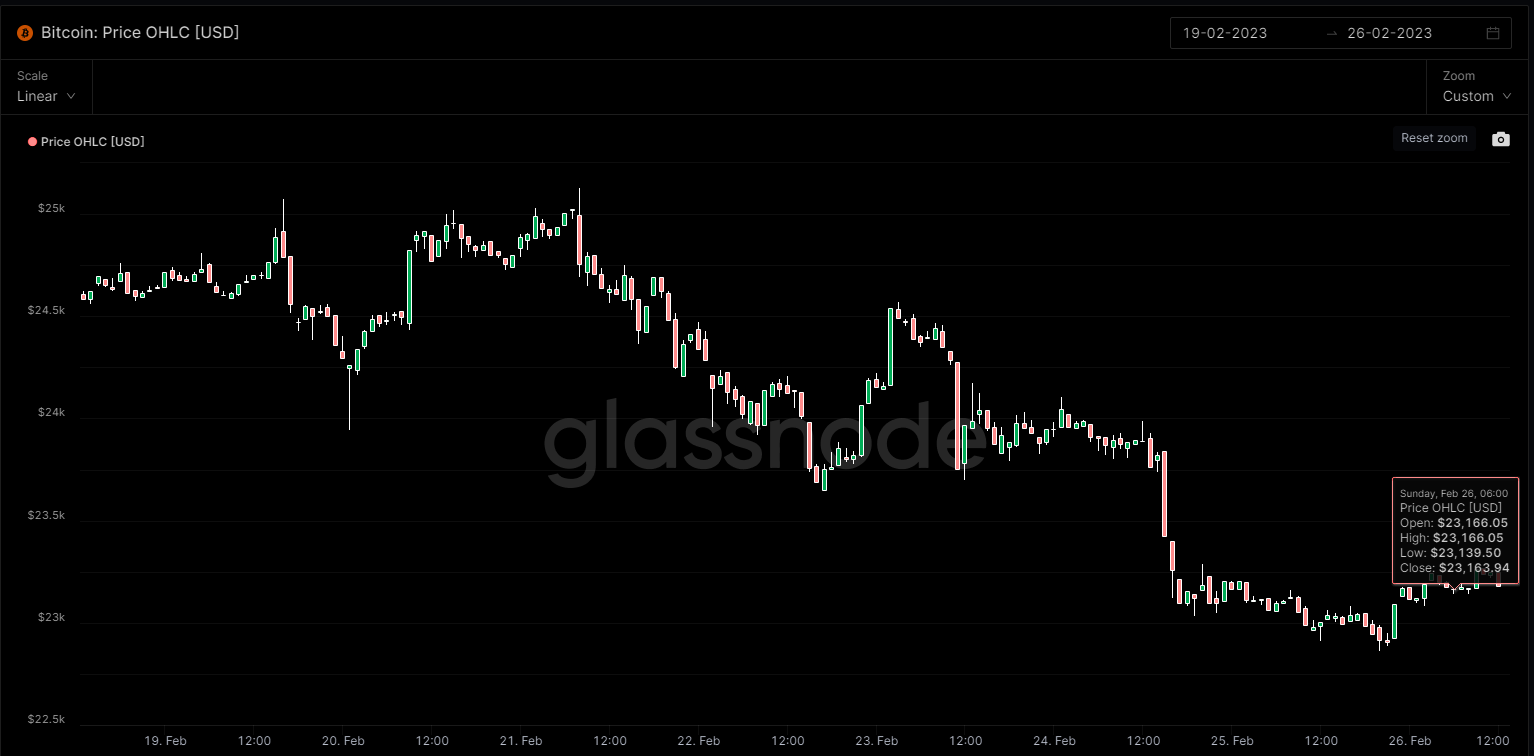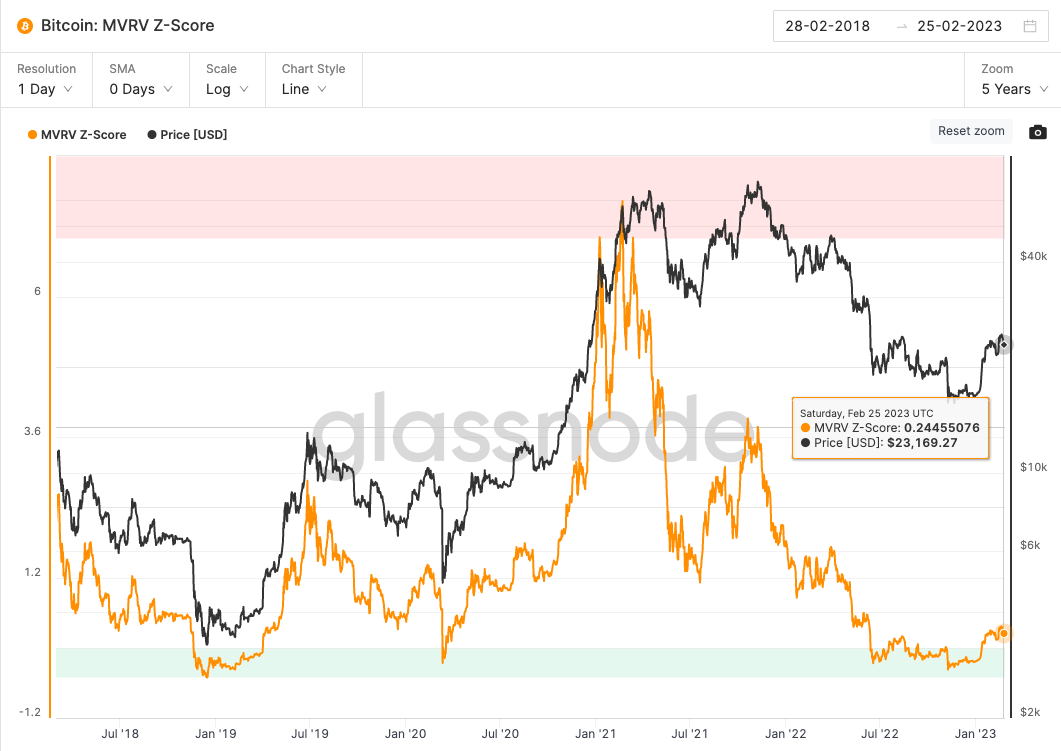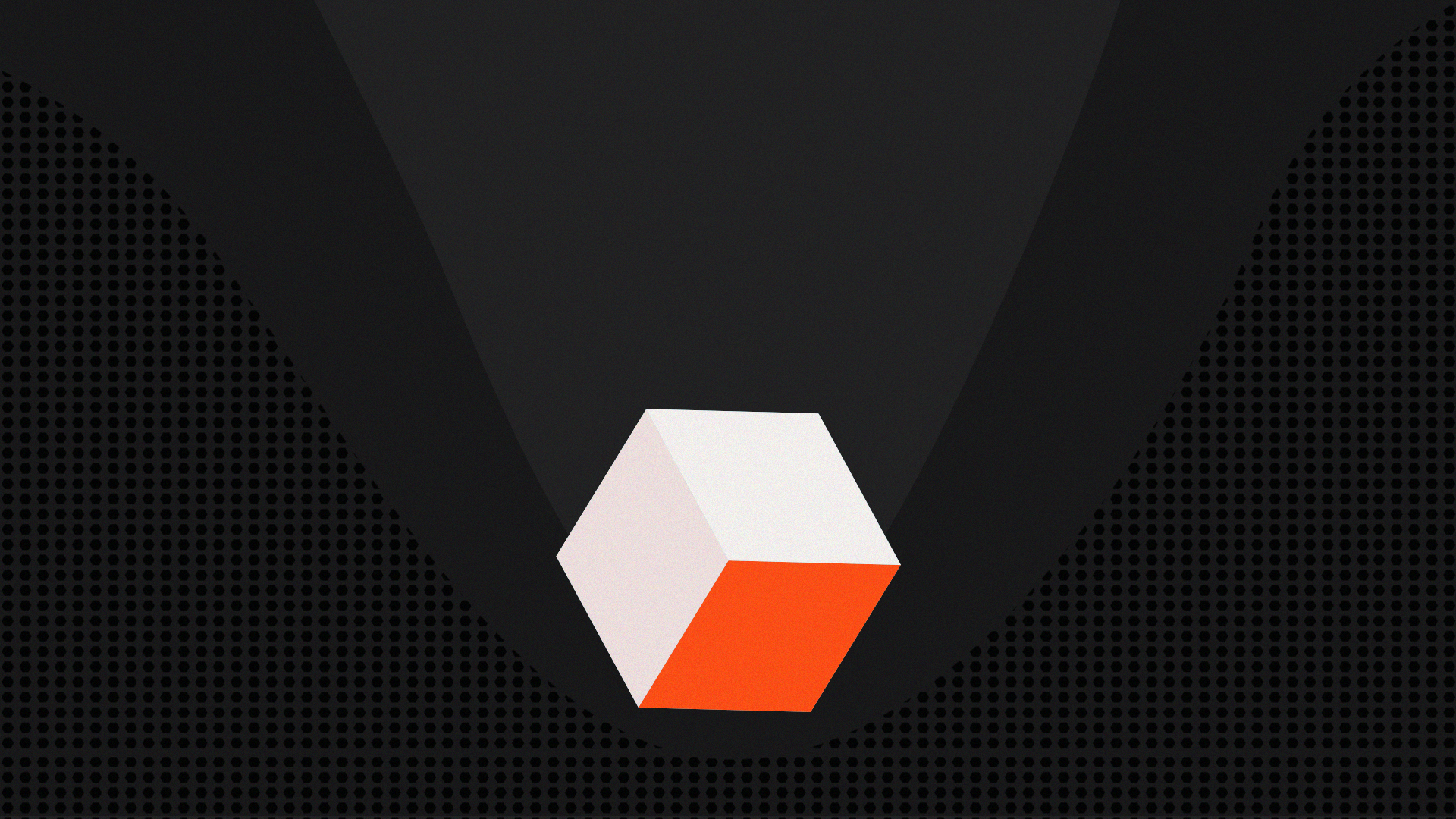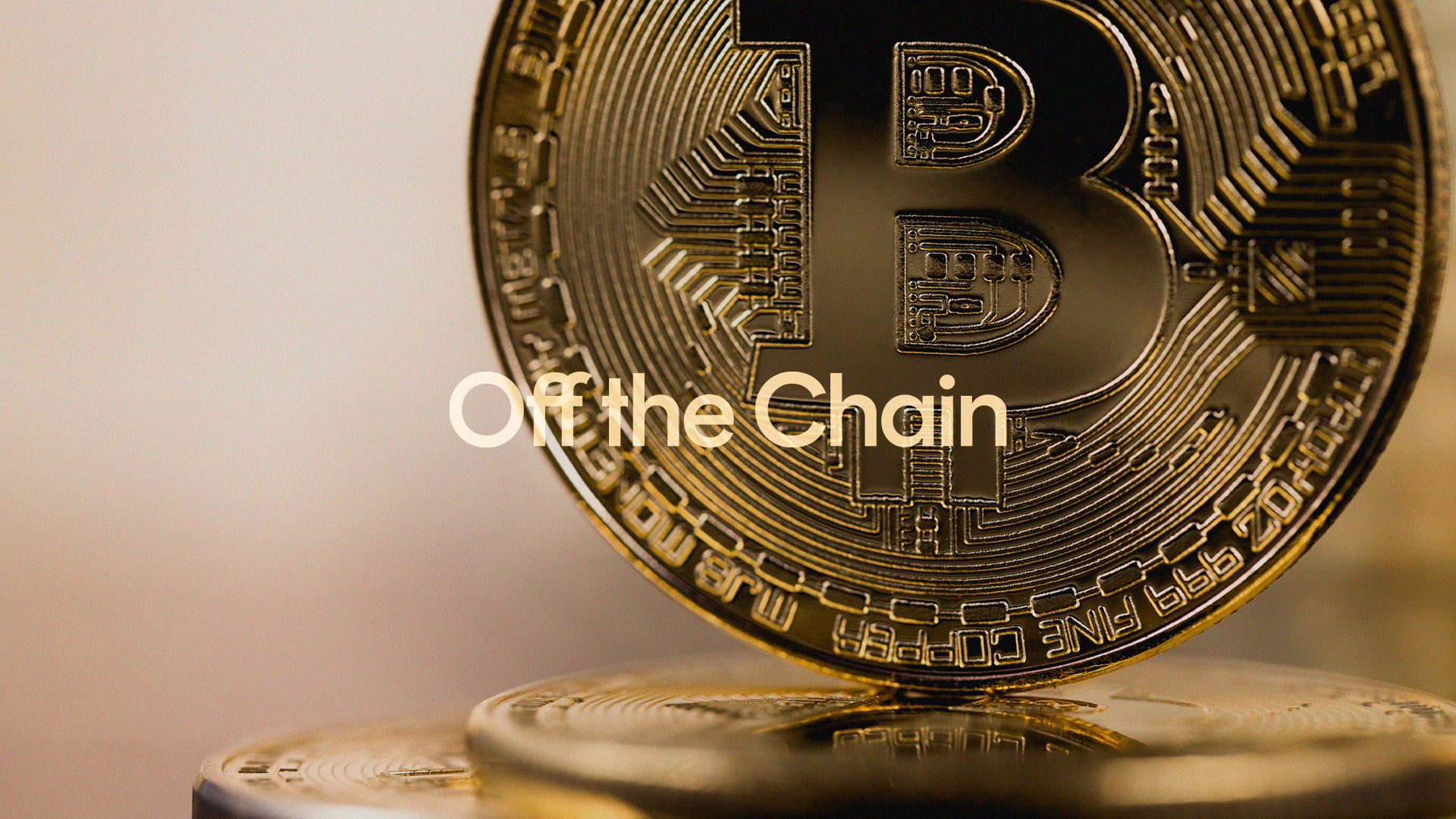Bitcoin ETFs: What are they and how do they work?
6 minutes reading time
Bitcoin and the broader crypto market ended the week down. Helping push the price lower were lingering inflation concerns as Personal Consumption Expenditures (PCE) price index data in the US came in higher than expected, with an annual increase of 5.4% and a 0.6% monthly increase (as at January 2023), pointing to signs that the Federal Reserve will have to continue its fight against rising inflation.
As at 26 February 2023, bitcoin was trading at US$23,161. Ethereum outperformed bitcoin over the week, down 5.82% vs bitcoin’s 6.10% loss. Bitcoin’s market capitalisation fell to US$447.1 billion, with the total crypto market down to US$1.06 trillion. Bitcoin’s market dominance sat at 42.2%.
| Price | High | Low | Change from previous week | |
| BTC (in US$) | $23,161 | $25,126 | $22,861 | -6.10% |
| ETH (in US$) | $1,598 | $1,718 | $1,567 | -5.82% |
Source: CoinMarketCap. As at 26 February 2023. Past performance is not indicative of future performance. Performance is shown in US dollars and does not take into account any USD/AUD currency movements.
 Source: Glassnode. Past performance is not indicative of future performance.
Source: Glassnode. Past performance is not indicative of future performance.
Crypto news we’re watching
Google Cloud becomes a blockchain validator
Google Cloud has partnered with the Tezos blockchain and has become a “baker”, or block validator, for the network. The partnership aims to make it easier for Google customers to build and maintain services on the Tezos blockchain, and to become validators as well. Bakers help run the protocol and receive rewards as part of the proof-of-stake mechanism that Tezos uses.
According to Tezos’ website, there are more than 159 million total transactions and 2.3 million funded accounts on the platform, and Tezos has partnered with other major brands and companies such as Maclaren, Societe Generale and Manchester United. Mason Edwards, chief commercial officer at Tezos Foundation, said, “Institutions are paying attention and realise this will be a space for disruption; whether you’re a retailer caring about loyalty programs or consumer engagement or a large institution, blockchain will disrupt parts of your industry.”1
Second largest bank in Germany to offer crypto custody
DZ Bank, the second-largest bank in Germany by asset size, is partnering with Metaco, a Swiss company, to offer crypto custody services for institutions. The bank will use Metaco’s Harmonize platform and will integrate into its current asset management services. The platform allows for storing and trading cryptocurrencies, tokenisation of assets, provision of staking services, and managing of smart contracts.
Nils Christopeit, Lead Solution Design at DZ Bank, said, “In terms of security, scalability, and future requirements of our digital asset custody initiative for institutional clients, starting with crypto securities as per the German eWpG (the new Electronic Securities Act), Metaco Harmonize has proven to be a powerful solution.”2
Two major scandals in 2022 lost over US$650B
The Bank for International Settlements (BIS) published a report titled “Crypto Shocks and Retail Losses”, which stated the crypto industry lost over US$650 billion after two major scandals in 2022. The first event was the Terra-Luna ecosystem collapse which saw over US$450 billion vanish from the market. The second was the FTX crypto exchange collapse that removed over US$200 billion from the market.
The report also revealed that losses from the crypto sector did not impact the broader financial system and had limited effect on the financial sector due to the current level of crypto adoption.
The BIS said, “Our analysis also suggests that the steep decline in the size of the crypto sector has not had repercussions for the wider financial system so far. However, if crypto were more intertwined with the real economy and the traditional financial system, the aggregate impact of a shock in the crypto world could have been much larger.”3
On-chain metrics
Bitcoin (BTC): MVRV Z-Score
This MVRV Z-Score is used to assess when bitcoin is over/undervalued relative to its “fair value”. When market value is significantly higher than realised value, it has historically indicated a market top (red zone), while the opposite has indicated market bottoms (green zone). Technically, the MVRV Z-Score is defined as the ratio between the difference of market cap and realised cap, and the standard deviation of all historical market cap data, i.e. (market cap – realised cap) / market cap.
According to data from Glassnode, the MVRV Z-Score was sitting at 0.244 as at 25 February 2023, having risen slightly off historical bottoms.

Source: Glassnode. Past performance is not indicative of future performance.
Bitcoin (BTC): Mining Difficulty
This metric shows the current estimated number of hashes required to mine a block. Bitcoin difficulty is often denoted as the relative difficulty with respect to the genesis block, which required approximately 2^32 hashes. For better comparison across blockchains, the values are denoted in raw hashes.
Based on data from Glassnode, bitcoin mining difficulty reached an all-time high. Network participants now face longer block times, and it has never been more difficult to mine bitcoin.
 Source: Glassnode. Past performance is not indicative of future performance.
Source: Glassnode. Past performance is not indicative of future performance.
Altcoin news
Among a sea of red, the best performing crypto in the Top 100 was Stacks (STX), which surged over 81% in the last 7 days to 26 February. STX is the native coin of the Stacks network. Possibly pushing the coin higher is the connection to Bitcoin NFTs through the Ordinals protocol, which continues to grow in popularity.
The Stacks blockchain is a layer 1 network, which brings smart contracts and decentralised apps to the bitcoin network. Users can validate and stake their bitcoin by transferring bitcoin to the network, which allows users to mine Stacks blocks and earn STX as a reward. The Gamma marketplace, where Ordinals and other bitcoin NFTs trade, runs on the Stacks blockchain.4
Investing in crypto assets or crypto-focused companies is not suitable for all investors and should only be considered by investors who (i) fully understand their features and risks or after consulting a professional financial adviser, and (ii) who have a very high tolerance for risk and the capacity to absorb a rapid loss of some or all of their investment.
Any investment in crypto assets or crypto- focused companies should only be considered as a very small component of an investor’s overall portfolio.
1. https://tcrn.ch/3EuqSm2
2. https://www.metaco.com/press-release/dzbank-metaco-strategic-cooperation-digitalasset-custody-tokenization/
3. https://www.bis.org/publ/bisbull69.pdf
4. https://cryptopotato.com/heres-why-stacks-stx-exploded-160-in-a-week/
Past performance is not indicative of future performance.
Off the Chain is published every Tuesday. It provides the latest news on bitcoin and the rest of the crypto market, along with analysis and insights into the world of crypto.
It provides general information only and is not a recommendation to invest in any crypto asset, crypto-focused company or investment product.




